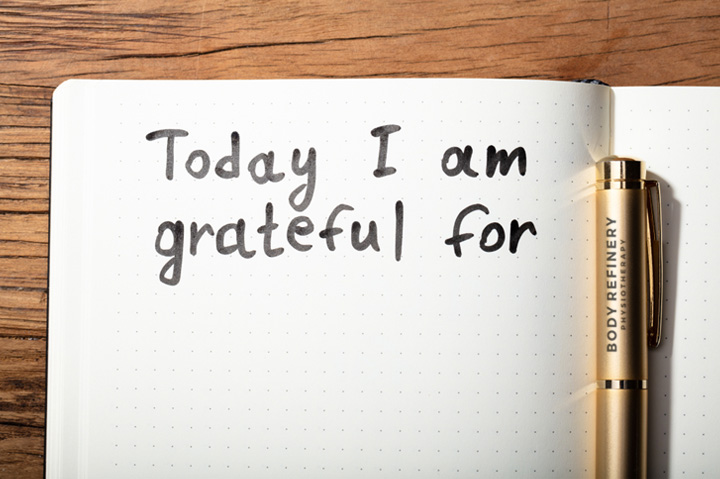News June 17, 2022
5 Ways to Create a Gratitude Ritual
Intentionally focusing on the positive can help with stress and anxiety during busy workweeks.
It’s tough out there right now. Staffing shortages, supply chain holdups and inflation have made sales and customer service very difficult this past year. And that’s leading to increasing levels of worker stress and tension.

According to employee engagement platform Limeade, worker burnout has been increasing since the beginning of the pandemic. Of 1,000 employees who started new jobs in 2021, 40% of them cited burnout as the number-one reason they made a change. And in promo specifically, much of this is due to factors outside any one person’s control, such as lack of inventory and price spikes, which makes the situation all the more frustrating.
One exercise that can help – in addition to staying active, making good nutrition choices and adopting healthy sleep habits – is to create an intentional gratitude ritual. It will help you focus more on things that can be controlled in daily life, and break the consuming cycle of negative thoughts to boost productivity.
Here are a few easy ways to build in gratitude intentionally into your day.
1. Make it part of your day. Reflect every day so it becomes routine. You can take a few quiet minutes at the end of the day or during your lunchbreak. Consider waking up a little earlier each morning when you’re refreshed from sleep, grab your coffee or tea, find a comfortable spot (even outside) and reflect on the previous day. It doesn’t matter when you’re reflecting, as long as you center yourself and take a few minutes (even just five or 10) to think about what you’re grateful for. Remember to make little notes during the day that you can review and reflect on in more detail later.
2. Create a list. Putting pen to paper is a great way to get those reflective juices flowing. Be specific about the people, places and situations for which you have gratitude and how they make you feel. If you’re having a hard time getting started, use prompts like “Describe your favorite moment of the day,” “Write about a kindness someone showed you” or “List five things you like about yourself.” Consider starting an official gratitude journal that you can review every few weeks – it’ll offer reminders of blessings that you can look back on when times get tough.
3. Handwrite an appreciation message. Think about a family member, friend or work colleague who’s helped you and write them a thank-you note. Reflecting on their support will bring out feelings of gratitude in both you and the recipient. Write in as much detail as you feel appropriate, but even a “thank you so much for your support” message on a small card will suffice. If it’s been a while since you’ve been in touch with the person, remind them how they supported you and how much it means to you.
40%
the number of workers who cited “burnout” as the top reason they changed jobs in 2021.
(Limeade)
4. Share it out loud. Instead of rehashing the day’s frustrations to those around you, share what you’re grateful for and invite others to do the same. Focusing on the positives will change the entire dynamic between you and your family, friends and even yourself. You can choose which thoughts and emotions will take precedence, plus this will help reduce stress and anxiety. You can also do your part to counter much of the negativity on social media by posting what you’re thankful for. Welcome others to comment with their reflections as well.
5. Fill a gratitude jar. A simple mason jar and small slips of paper are all you need. Take a few minutes each day to write down what you’re thankful for and put them in the jar. At the end of the week or month, take them out and read them as a gentle reminder of your blessings. Invite your family to join you, and then have a group read-out at the end of the month. It will help everyone focus on the things to be thankful for in the midst of challenges at work and school, and make the overall dynamic a more positive one.
